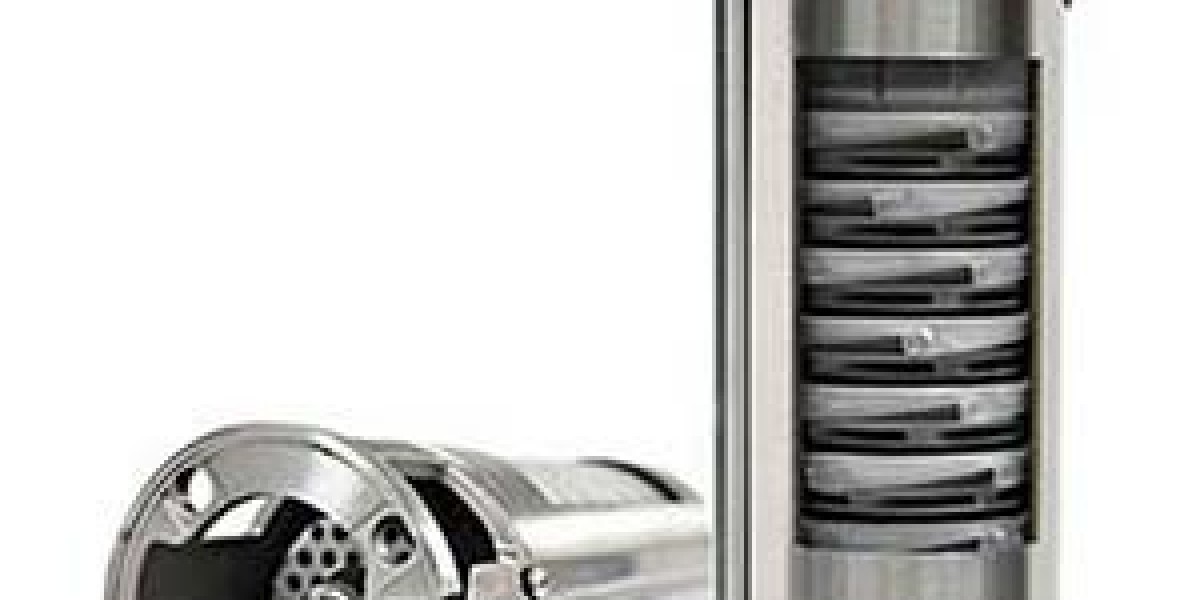In the world of water management, submersible pumps stand out for their efficiency and versatility. Whether you're a homeowner dealing with a flooded basement or an industrialist managing large volumes of water, understanding submersible pumps can save you time, money, and hassle. This guide aims to demystify submersible pumps, providing you with insights, practical tips, and relevant examples to help you make informed decisions.
What are Submersible Pumps?
Submersible pumps are devices designed to operate while fully submerged in water. Unlike traditional pumps that pull water to the surface, submersible pumps push water from below. This design makes them incredibly efficient for various applications, from household to industrial uses.
How Do Submersible Pumps Work?
At the core of a submersible pump is a hermetically sealed motor connected to the pump body. This sealed design prevents water from entering and damaging the motor. When activated, the pump's impeller rotates, creating a low-pressure area that draws water into the pump and pushes it through discharge pipes.
Applications of Submersible Pumps
Household Uses
In residential settings, submersible pumps are often used for removing water from basements or wells. They are also effective in garden irrigation systems, where they can draw water from underground sources.
Industrial Uses
Industries such as mining, oil and gas, and construction often use submersible pumps for dewatering purposes. These pumps are designed to handle large volumes of water and can operate in challenging conditions.
Agricultural Uses
Submersible pumps are crucial in agriculture for irrigation and livestock watering systems. Their ability to operate underwater makes them ideal for drawing water from wells or ponds.
Advantages of Submersible Pumps
Efficiency
One of the main advantages of submersible pumps is their efficiency. Because they push water rather than pull it, they experience less energy loss. This makes them more effective and cost-efficient over time.
Versatility
Submersible pumps come in various sizes and capacities, making them suitable for a wide range of applications. From small garden projects to large industrial operations, there's a submersible pump for every need.
Durability
Built to withstand harsh conditions, submersible pumps are generally more durable than traditional pumps. Their sealed motor design protects against water damage, ensuring a longer lifespan.
Types of Submersible Pumps
Well Pumps
Well pumps are designed to draw water from underground sources. They are commonly used in residential and agricultural settings. These pumps can be further categorized into shallow well pumps and deep well pumps, depending on the depth of the water source.
Sump Pumps
Sump pumps are typically used to remove accumulated water in basements or crawl spaces. They are essential in preventing flooding and water damage in residential homes.
Utility Pumps
Utility pumps are versatile and can be used for various tasks, such as draining pools, hot tubs, or flooded areas. They are portable and easy to use, making them a handy tool for homeowners.
Choosing the Right Submersible Pump
Assess Your Needs
The first step in choosing the right submersible pump is to assess your needs. Consider factors such as the volume of water, the depth of the water source, and the required flow rate.
Check the Specifications
When selecting a pump, pay attention to its specifications, such as horsepower, flow rate, and head pressure. These factors will determine the pump's efficiency and suitability for your application.
Consider the Material
Submersible pumps are made from various materials, including plastic, stainless steel, and cast iron. Choose a material that suits your needs and the environmental conditions in which the pump will operate.
Installation Tips for Submersible Pumps
Proper Positioning
Ensure that the pump is positioned correctly within the water source. Improper positioning can lead to reduced efficiency and potential damage to the pump.
Secure Connections
Make sure all electrical and discharge connections are secure and waterproof. This is crucial for the safe and efficient operation of the pump.
Regular Maintenance
Regular maintenance is essential to keep your submersible pump in good working condition. Check for any signs of wear and tear and replace parts as needed.
Common Issues and Troubleshooting
Pump Not Starting
If your submersible pump is not starting, check the power supply and electrical connections. Ensure that the pump is receiving adequate voltage.
Reduced Flow Rate
A reduced flow rate can be caused by clogged intake screens or discharge pipes. Clean these components to restore the pump's efficiency.
Overheating
Overheating can occur if the pump is running dry or if there is a blockage in the discharge pipe. Ensure that the pump is fully submerged and that there are no obstructions.
Cost Considerations
Initial Investment
The initial cost of a submersible pump can vary widely depending on its size, capacity, and material. While higher-end models may be more expensive, they often offer better durability and efficiency.
Operational Costs
Consider the operational costs, such as energy consumption and maintenance. Energy-efficient models may have a higher upfront cost but can save you money in the long run.
Replacement Parts
Availability and cost of replacement parts are also important considerations. Choose a pump from a reputable manufacturer to ensure easy access to spare parts.
Environmental Impact
Eco-Friendly Options
Some submersible pumps are designed with eco-friendly features, such as energy-efficient motors and biodegradable materials. Opting for these models can reduce your environmental footprint.
Sustainable Practices
Regular maintenance and proper disposal of old pumps can also contribute to environmental sustainability. Follow manufacturer guidelines for environmentally responsible practices.
Customer Reviews and Recommendations
Reading customer reviews can provide valuable insights into the performance and reliability of different submersible pumps. Look for reviews that mention specific applications similar to yours.
Conclusion
Submersible pumps are invaluable tools for various applications, from residential and industrial uses to agricultural and environmental management. By understanding their features, types, and benefits, you can make an informed decision that meets your specific needs. Regular maintenance and proper installation will ensure long-lasting performance, making submersible pumps a smart investment for any water management project.



